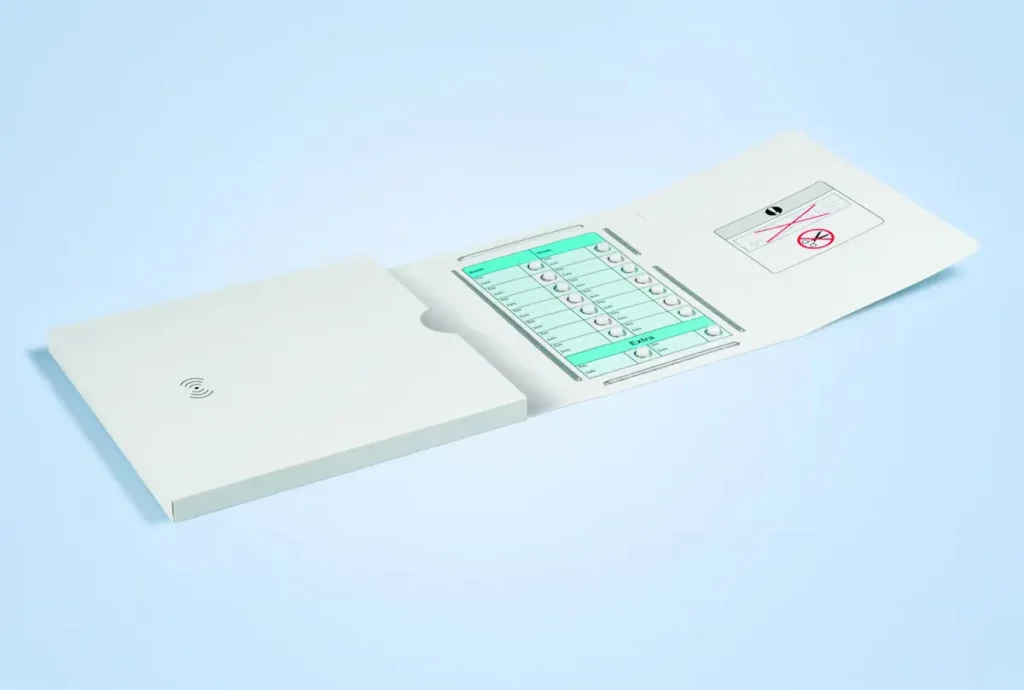
clinical trial packaging
Clinical trials play a crucial role in the development of new medications, therapies, and medical devices. A critical yet often overlooked component of clinical trials is clinical trial packaging and labeling. Proper packaging and labeling ensure compliance with regulatory guidelines, maintain product integrity, and safeguard patient safety. Below are the key considerations for clinical trial packaging and labeling.
1. Regulatory Compliance and Guidelines
Regulatory bodies such as the FDA, EMA, MHRA, and ICH provide stringent guidelines for clinical trial packaging and labeling. These regulations are designed to ensure product safety, traceability, and integrity. Key requirements include:
- Clear and accurate labeling in the appropriate language(s)
- Compliance with Good Manufacturing Practices (GMP) and Good Clinical Practices (GCP)
- Tamper-evident packaging
- Unique identification codes to track and trace investigational products
Staying updated on country-specific regulations is essential, as labeling requirements vary across different regions.
2. Patient Safety and Blinding Requirements
Blinded clinical trials require specific packaging strategies to maintain the integrity of the study. Double-blind trials, where neither the patient nor the investigator knows the treatment allocation, demand identical packaging for active and placebo products. Considerations include:
- Using opaque or identical containers for active and placebo treatments
- Ensuring labels do not reveal treatment assignments
- Proper coding systems for investigators to decode when necessary
For open-label trials, where treatment details are visible, packaging should still maintain clarity and compliance with regulatory standards.
3. Stability and Protection of the Investigational Product
Clinical trial materials must be packaged to maintain stability and efficacy. Factors affecting product stability include:
- Temperature Sensitivity: Many investigational drugs require temperature-controlled packaging with cold-chain logistics.
- Light Sensitivity: Some medications degrade under light exposure and need UV-resistant packaging.
- Moisture Protection: Use of desiccants and moisture-resistant materials helps maintain product integrity.
Proper secondary packaging (e.g., insulated shipping containers) ensures the product remains stable during transportation and storage.
4. Customization and Scalability
Each clinical trial phase requires different levels of packaging customization. Early-phase trials may require small batch sizes, while later-stage trials demand scalable solutions. Customization considerations include:
- Adaptive designs that accommodate different dosages or formulations
- Lot numbering and expiration date flexibility
- Ability to scale production while maintaining consistency
Working with specialized packaging providers ensures efficient adaptation to trial requirements.
5. Labeling Accuracy and Readability
Labels on clinical trial materials must be clear, legible, and provide essential information, such as:
- Study protocol number
- Investigational product name/code
- Storage conditions
- Expiration date
- Patient instructions (if applicable)
For global trials, multilingual labeling is crucial to ensure patient comprehension and regulatory adherence.
6. Supply Chain and Logistics Considerations
Clinical trial packaging must integrate seamlessly with supply chain logistics to ensure timely delivery of investigational products. Key logistics considerations include:
- Distribution Strategy: Centralized vs. decentralized distribution models
- Real-Time Tracking: Utilizing RFID, barcoding, and serialization for traceability
- Return and Disposal Plans: Proper handling of unused or expired medications
Working with experienced logistics partners helps navigate these complexities efficiently.
7. Serialization and Traceability
Regulations increasingly require serialization and traceability for investigational products to prevent counterfeiting and ensure patient safety. Implementing barcode systems or RFID tracking enhances:
- Real-time monitoring of product movement
- Prevention of drug mix-ups
- Compliance with global track-and-trace regulations
8. Environmental and Sustainability Considerations
Sustainability is becoming a priority in clinical trial packaging. Reducing waste and using eco-friendly materials without compromising product safety is essential. Considerations include:
- Biodegradable and recyclable packaging materials
- Reducing over-packaging while ensuring protection
- Efficient design to minimize shipping footprint
Eco-conscious packaging strategies contribute to corporate sustainability goals while maintaining regulatory compliance.
9. Flexibility in Handling Protocol Changes
Clinical trials often undergo protocol modifications that may affect clinical trial packaging and labeling. To accommodate these changes efficiently:
- Use adaptable packaging formats
- Implement digital printing for on-demand label updates
- Partner with packaging providers who can respond to quick turnarounds
Being prepared for protocol adjustments ensures continuity and compliance throughout the trial.
Conclusion
Effective clinical trial packaging and labeling are essential for ensuring regulatory compliance, patient safety, and product integrity. By addressing factors such as regulatory requirements, stability, blinding strategies, and sustainability, pharmaceutical companies and clinical research organizations can streamline trial processes and reduce risks. As clinical trials evolve, adopting flexible, scalable, and eco-friendly packaging solutions will continue to be a key priority in the industry.




More Stories
How to Select a Lightweight and Durable Transport Wheelchair
8 Reasons Why Moving Into A Care Home Can Be A Positive Thing
What To Expect From A Nursing Care Home